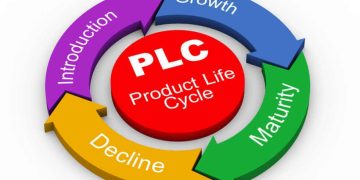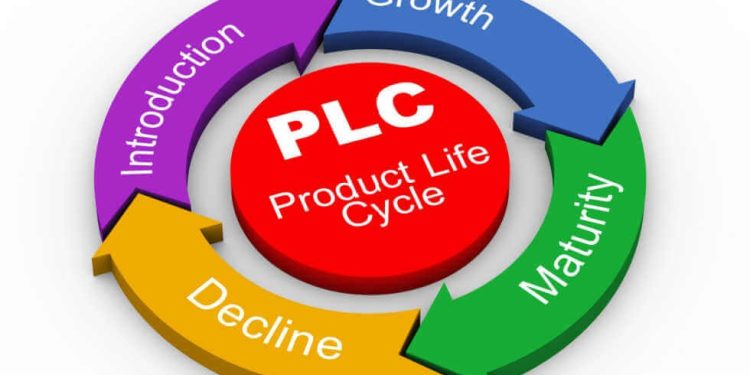Many companies don’t realize how much time they lose to broken processes until a product misses its launch. Or a spec gets miscommunicated, or an audit reveals gaps. These problems usually don’t stem from people; they come from how the product journey is managed.Outdated spreadsheets, version confusion, and disconnected systems all add up.If any of this sounds familiar, it might be time to revisit your product lifecycle management (PLM) approach.
What Product Lifecycle Management Is (and What It Isn’t)
PLM is the system used to manage everything a company does to bring a product to market and keep it there, from early design to end-of-life.
This includes:
- Bills of materials
- Product requirements
- Design files
- Change requests
- Compliance documents
- Quality workflows
- Launch readiness steps
Good PLM software brings all of that together into a single, connected system. Everyone from engineering and operations to sales and marketing works from the same source of truth.
Unfortunately, not all PLM systems do this well. Some only serve engineering teams, while others haven’t kept up with cloud technology or multi-team collaboration. These are the systems that slow you down, not speed you up.
5 Signs Your PLM Strategy Is Holding You Back
Here are some common indicators that your current setup may need more than just a patch:
1. Launch Delays Keep Happening
If new products frequently miss their deadlines, it’s rarely just about development time. Bottlenecks in approvals, misaligned timelines between teams, or disconnected handoffs often cause these delays. A modern PLM software platform helps teams see what’s done, what’s blocked, and what’s next in real time.
2. Product Data Lives in Too Many Places
When BOMs live in one system, compliance docs in another, and pricing somewhere else, mistakes happen. Teams spend time chasing files instead of moving projects forward. A unified product lifecycle management platform pulls all of this into one location, so updates happen once and flow everywhere they’re needed.
3. Cross-Functional Collaboration Is Painful
Sales teams might promote features that haven’t been approved, or marketing might build campaigns before specs are finalized. These issues often trace back to a lack of shared visibility. A stronger PLM strategy connects commercial teams to product data early, reducing friction across the board.
4. Quality and Compliance Happen Too Late
If quality and compliance checks only come into play after a product is nearly ready, problems are more complex to fix. Modern PLM software weaves quality and regulatory checkpoints into the entire process. That means teams catch issues early, not at the last minute.
5. Change Management Takes Forever
When one part of the product changes, dozens of other things may need to be updated, such as labels, packaging, documentation, and even customer support scripts. If change tracking feels slow and manual, it’s a red flag. Good PLM software automates impact analysis, routing, and sign-offs to keep things moving.
A Real-World Scenario
Let’s say a company is developing a new consumer electronics product. Engineering builds the prototypes, but by the time product marketing gets involved, the device has changed. Now, the website, packaging, and training materials need to be reworked quickly.
This causes a last-minute scramble, adds cost, and pushes the launch out.
With modern PLM software, marketing would have access to approved specs as they’re finalized. Launch content could be created in parallel, with less guesswork. Instead of reacting to changes, teams would be ready ahead of time.
What a Better PLM Strategy Looks Like
Modern product lifecycle management should track documents and connect the right people to the correct data at the right time. A forward-thinking PLM strategy should include:
- Cloud-based access for real-time collaboration
- Integration with quality, compliance, and commercialization tools
- Built-in change management and impact analysis
- Easy configuration without custom code
- Usability for non-technical teams
This kind of system supports speed, accuracy, and accountability. It helps you scale without losing control.
Making the Shift
Switching PLM strategies doesn’t always mean replacing your entire system. In some cases, it’s about extending the functionality to include more stakeholders. In others, it’s about replacing a legacy system that simply can’t keep up.
The first step is to audit your current workflows. Ask questions like:
- Where do we lose the most time?
- Who has the hardest time getting access to product data?
- What processes break down as we scale?
Use these answers to define what your ideal PLM software must support.












































